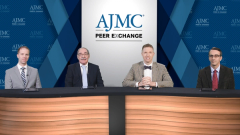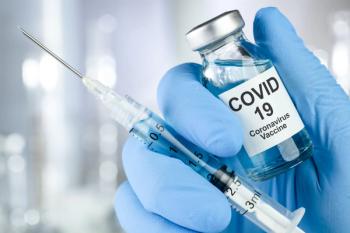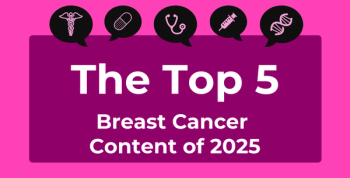
Sequencing and Individualizing Treatments for IgA Nephropathy
Panelists discuss how treatment sequencing in immunoglobulin A (IgA) nephropathy will likely evolve toward a risk-stratified approach, beginning with optimized supportive care and renin-angiotensin system blockade, then incorporating targeted therapies based on specific disease mechanisms and biomarker profiles before resorting to broader immunosuppression.
Episodes in this series

Evolution of Treatment Sequencing in IgA Nephropathy
Emerging Risk-Stratified Treatment Paradigm
The approach to IgA nephropathy management is evolving from a one-size-fits-all model to a personalized, risk-stratified framework:
Foundation Therapy (All Patients)
- Optimized supportive care: Maximal tolerated renin-angiotensin-aldosterone system blockade remains the cornerstone for all patients
- SGLT2 inhibition: Increasingly incorporated as standard foundation therapy regardless of risk category
- Comprehensive risk factor management: Blood pressure control, metabolic management, and lifestyle optimization
Risk-Based Treatment Escalation
Low-Risk Patients
- Defining characteristics: Proteinuria < 1g/day, stable estimated glomerular filtration rate (eGFR), minimal histological activity
- Approach: Foundation therapy with surveillance
- Monitoring focus: Detection of disease progression requiring therapy escalation
Moderate-Risk Patients
- Defining characteristics: Persistent proteinuria 1-3 g/day despite supportive care, mild eGFR decline
- First escalation: Targeted therapies addressing specific disease mechanisms
- APRIL/BAFF pathway inhibitors for patients with elevated galactose-deficient IgA1 (Gd-IgA1)
- Complement-targeted therapies for those with complement activation biomarkers
- Sequencing principle: Mechanism-specific targeted therapy before broader immunosuppression
High-Risk Patients
- Defining characteristics: Nephrotic-range proteinuria, rapid eGFR decline, crescentic features
- Approach: More aggressive initial therapy, potentially combining:
- Short-course corticosteroids for rapid anti-inflammatory effect
- Targeted therapy for long-term disease modification
- Consideration of multitargeted approaches addressing multiple pathogenic pathways
Biomarker-Guided Sequential Therapy
- Initial biomarker assessment: Evaluation of Gd-IgA1 levels, autoantibodies, complement markers
- Dynamic reassessment: Periodic biomarker monitoring to guide subsequent therapeutic decisions
- Response-based adjustment: Sequential therapy modification based on the following:
- Proteinuria reduction thresholds
- eGFR trajectory stabilization
- Biomarker normalization
- Patient-reported outcomes
This evolving approach represents a significant advancement from traditional protocols, emphasizing precision medicine principles and mechanism-based therapeutic selection rather than uniform treatment escalation.
Newsletter
Stay ahead of policy, cost, and value—subscribe to AJMC for expert insights at the intersection of clinical care and health economics.











































